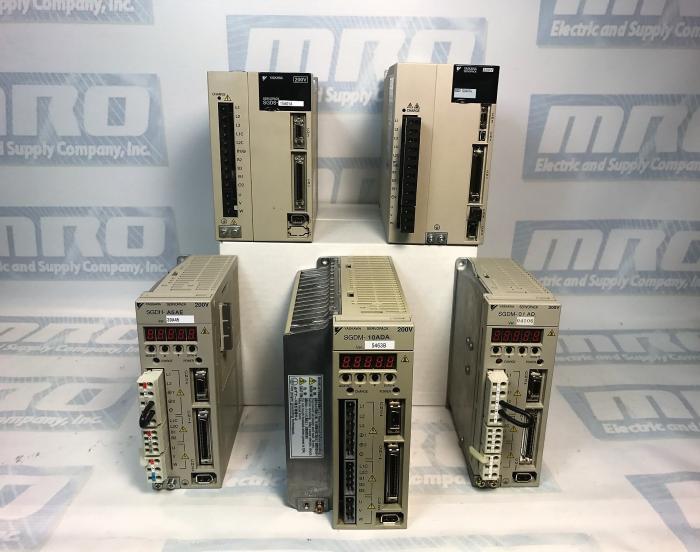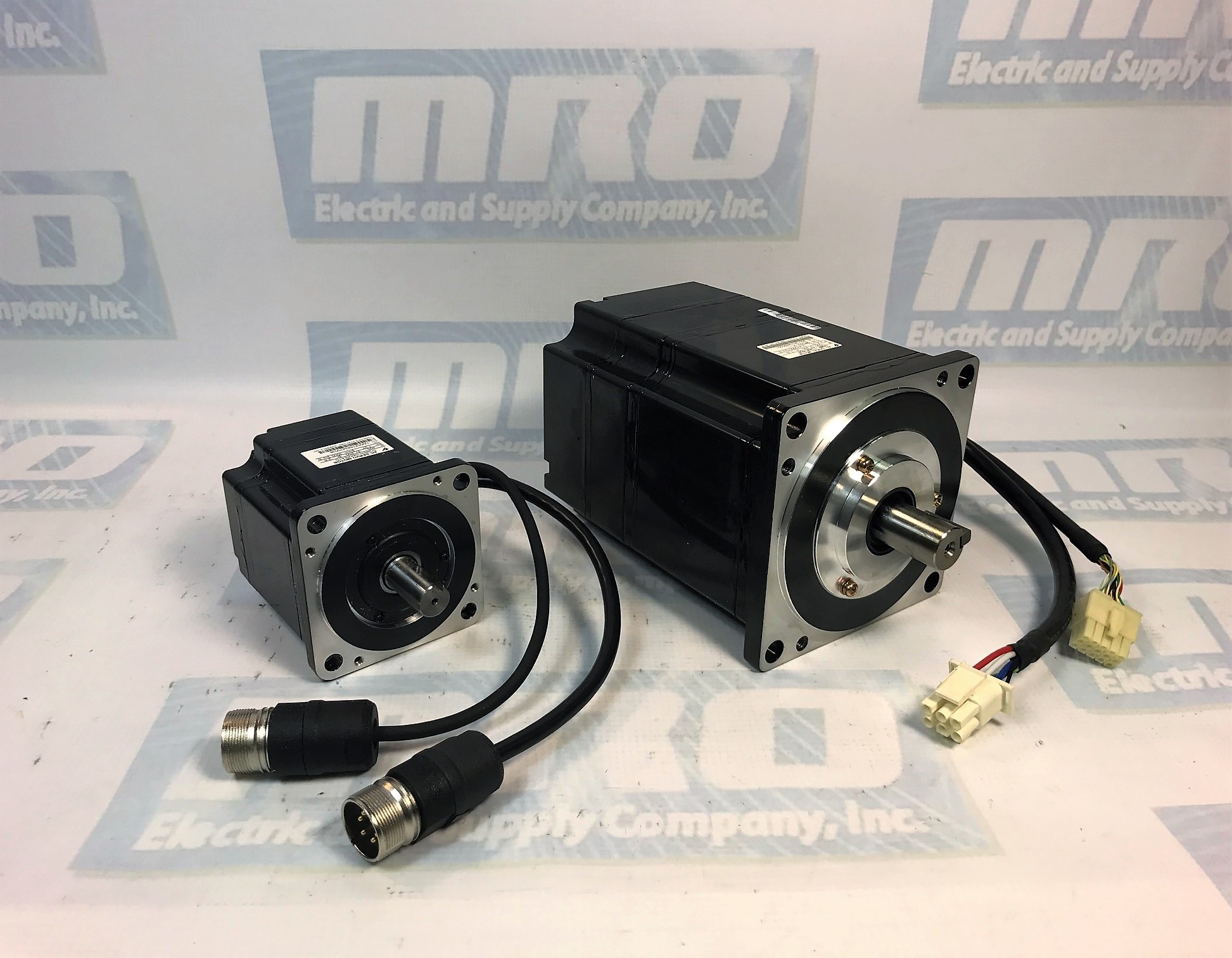For someone who is new to servo mechanisms and configurations, the features of the servo motor may seem a little daunting. Even after years of experience, I still get a moment of nervous anticipation when I press the START button. Anything that can go wrong, will occasionally go wrong. Becoming familiar with the servo system alleviates the unknown and reduces obstacles to a stable, steady-running servo system.
Servo? Servo Mechanism? Servo control system?
When first becoming acquainted with servo systems, you see these three terms and wonder, “What’s the difference?” These terms are interchangeable and simply refer to a control mechanism that monitors physical quantities. These qualities could refer to speed, torque, position, and such. The word servo comes from the Latin word for servant, and that is precisely the function of the servo. It takes on the appointed tasks assigned by the programmer and faithfully carries out instructions with precision.
According to Japanese Industrial Standard (JIS) terminology, a “servo mechanism” is defined as a mechanism that uses the position, direction, or orientation of an object as a process variable to control a system to follow any changed in a target value (set point). More simply, a servo mechanism is a control mechanism that monitors physical quantities such as specified positions. Feedback control is normally performed by a servo mechanism.
Soure: JIS B0181
There are two ways to help define a servo system. It is a mechanism that first moves at a specified speed and second it locates an object in a specified position. For the servo system to function, an automatic control system must be designed using feedback control, or a control that returns process variables to the input side and forms a closed loop. How does feedback control operate? It controls the output data to match the input data by detecting the machine position (output data) and feeding the data back to the input. The system then compares it with the specified position (input data) which accordingly moves the machine by the difference between the compared data. For example, let’s say your specified position changes. The servo system will recognize the position change and will change accordingly. In this example, the servo system reflected the changes identified by the specified position being altered. The input data is the position in this example, but input data determines other input as well. It may be identifying any physical change such as orientation (angle) water pressure, or voltage. Some other values typically used as control values include position speed, force, electric current, to name a few.

Normally, you see the terms servo and servo ambiguous. While servo may refer to the entire servo mechanism, it may also refer to a component of a servo mechanism such as an amp or motor. Servo mechanism and servo control system are sometimes used synonymously, but when you see “servo control system”, the focus then becomes the system control.
Servo System Configuration
The servo is comprised of several components that work together to carry out a specified task. They include the control system, which is the mechanical system where the position or speed is controlled. The controlled system includes a drive system that transmits torque from a servo motor module.
Next is the servo motor, which is the primary actuator. The actuator moves the control system using either an AC servo motor or a DC servo motor.

A detector is used to detect position or speed. An encoder is typically used as a motor detector by mounting the unit onto the motor.
The servo amplifier is used in the servo system to process error signals. The servo amp uses the information to reconcile the difference between the reference and feedback data to correct the servo motor. The servo amp uses a comparator to processes error signals and a power amp to operate the motor.
Finally, a host controller is the part of the system that controls a servo amp by specifying a position or speed at a set point.
Hopefully, you have acquired a little beginner knowledge of the servo system and can use it moving forward with creating your own motion control design.
Updated on December 12, 2023 by Joe Kaminski